Nikon flash units are high quality, functional and easy to use
It often happens that amateur and professional photographers have to deal with low light conditions when shooting. Whether shooting outdoors at dusk or indoors in bad weather, sometimes the natural light is not sufficient to illuminate the desired subject optimally. Many photographers then tend to take longer exposures or turn up the ISO value. However, this is associated with a higher risk of camera shake, blurring and image noise. Experienced photographers are reluctant to use their camera's internal flash because it can destroy the impression of the image. For example, red eyes often occur when people are photographed. But harsh shadows and a drop in brightness between the foreground and the background are also problems that arise when using the internal flash due to the direct flash and can ruin a picture.
To avoid this, but still take optimally exposed photos even in poor lighting conditions, you should refrain from using the internal flash and use an external flash instead. Basically, the flash has many advantages: It produces a lot of light even in a small space, does not depend on a connection to the mains and is pleasantly light and compact. All this is not true of many other lighting devices used in photography. To take natural, softly lit pictures without harsh shadows with the flash, all that matters is to use an external flash and to use it skilfully. For the latter, all you need is some basic knowledge and, of course, a little practice. Then you will even be able to achieve various effects with your external flash that would not be possible without it.
Owners of a Nikon camera are well advised to use a Nikon system or clip-on flash. Thanks to the automatic control, these flash units are child's play to operate. Distance estimates and guide number calculations are no longer necessary to correctly expose an image with flash, as the camera automatically communicates with the flash units. Read on in the shop section below to find out more about Nikon flash units.
The Nikon flash range at a glance
The camera's flash ensures that there is enough light at exactly the right time. It illuminates the subject right to the edges of the frame and is therefore not only suitable for shooting at night, but also proves extremely practical when photographing in shadowy areas or indoors. However, ambitious photographers should reach for an external flash unit in order to shoot professional and natural-looking images.
Nikon offers its own range of flash units for this purpose, which are suitable for different areas of application. Compact system flashes with clever TTL exposure control are particularly in demand. They are triggered either directly via the camera's accessory shoe or wirelessly. There are also special flash attachments on offer, such as units for macro photography. Today's system and clip-on flashes have nothing in common with the earlier, immovable flash units that could only be used once per photo. Most Nikon flash units can be moved more than 180 degrees and are powered by the Nikon camera. In addition, presettings are possible via the housing in order to optimally adapt the flash to one's own requirements and to the respective shooting situation.
For some time now, Nikon flash units have been distinguished by the fact that the flash power is constantly increasing. The setting options are also becoming more sophisticated and individual. The price you have to pay for such a flash unit depends primarily on the guide number: the higher it is, the more expensive the flash. Some flash units can even be more expensive than the camera itself. Before buying, you should therefore consider the purposes for which you need the flash unit in order to decide whether a low-priced small unit is sufficient - or whether it has to be a high-quality professional model.
The N-series and its features
The N-series flash units are very popular with many photographers. They feature a compact design and have guide numbers in the range of 18 to 20. Provided you connect them to the multi accessory shoe, you can swivel the flash horizontally and vertically. In this way, it is possible to achieve indirect illumination. On the front of these models there is a light that can provide even illumination in the dark. It also helps to maintain the lighting time for moving snapshots. Exposure control with the N-series flash units can be done either manually or via i-TTL. If you choose camera control, it is possible to use the various flash modes such as flash exposure compensation, slow sync and fill flash.
Features of the SB-900 series
The SB-900 series flash units belong to the professional equipment, which is why they are intended for high-quality SLR and system cameras. Thanks to i-TTL control, the flashes of this series can be used with image sensors in DX and FX format. The sensor is identified fully automatically. Fast settings can be achieved thanks to the three illumination profiles "Standard", "Centre Emphasis" and "Uniformity". In addition, the flash units have an automatic zoom in the range of 17 to 200 millimetres. Furthermore, the flash units of the SB-900 series are characterised by short charging times, quick readiness for use and automatic filter detection. The latter ensures that the white balance is correctly adjusted.
Special flashes are also in the range
For some photographers, the special flashes from Nikon's flash range that are suitable for special areas of use are also of interest. For example, there is an underwater flash that can still be used at a depth of 100 metres. A macro flash for perfect illumination in macro photography is also offered.
All the important advantages and disadvantages of Nikon flash units
You are still unsure whether you want to buy a Nikon flash? Then let us help you with your purchase decision and take a look at the list of all the important advantages and disadvantages of these flash units that we have compiled for you:
The advantages:
Great selection of flash units for beginners and professionals
Optimal communication with Nikon cameras
Special flashes for macro and underwater photography in the range
Intuitive operation
High build quality
The cons:
Comparatively expensive to buy
So, from our point of view, the only drawback is that Nikon flash units are comparatively expensive compared to third-party models. In return, however, you benefit from a number of advantages. Accordingly, we can give a clear buy recommendation for owners of a Nikon camera, as the manufacturer's flash units are optimally suited for these camera systems.
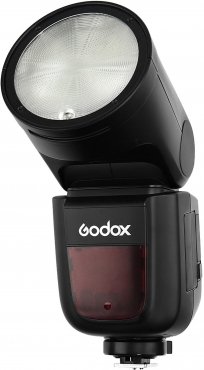
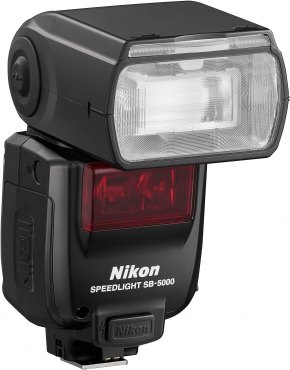
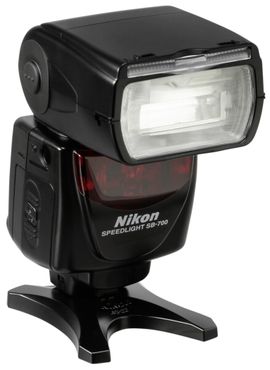
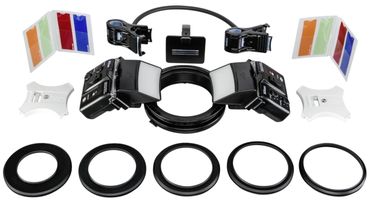
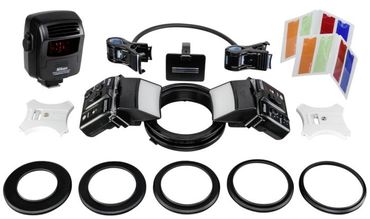
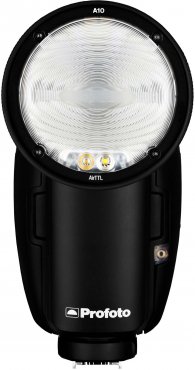
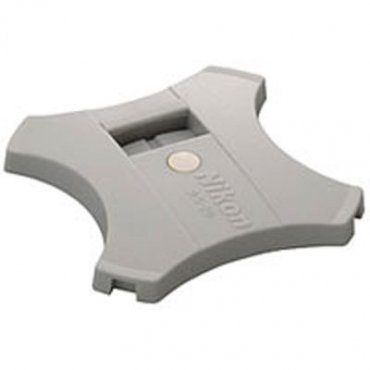
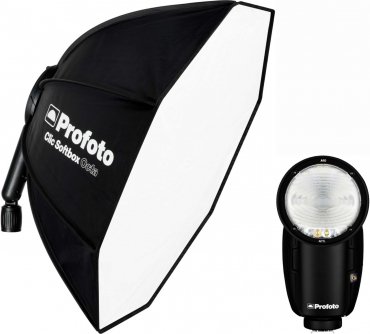
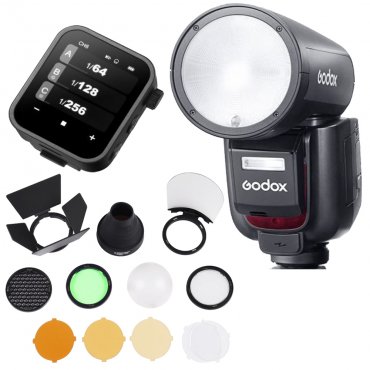
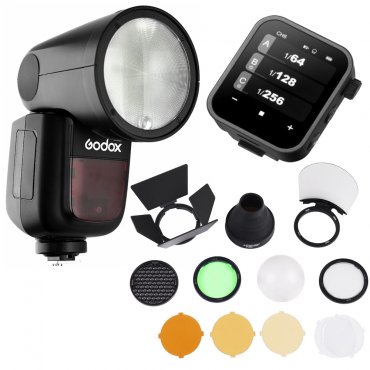
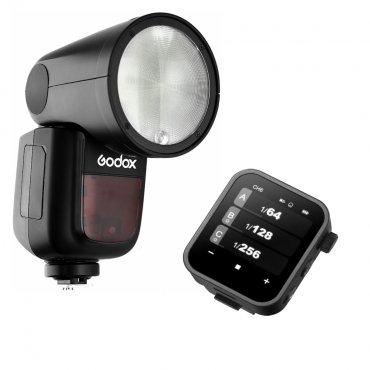
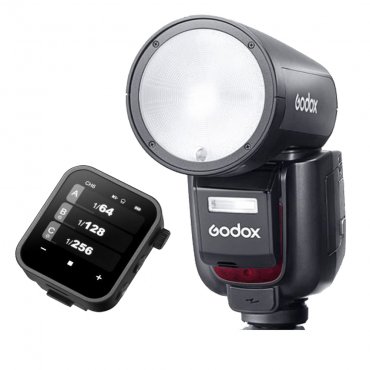
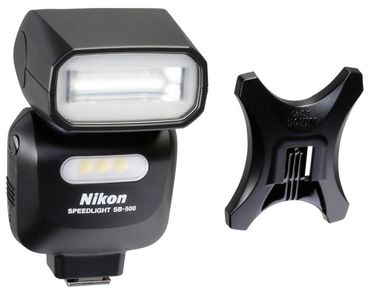

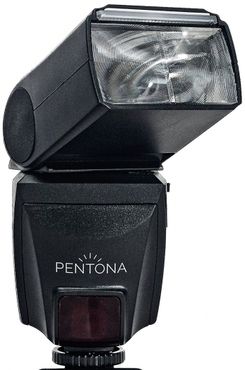
Simply subscribe and benefit as a newsletter recipient every week: